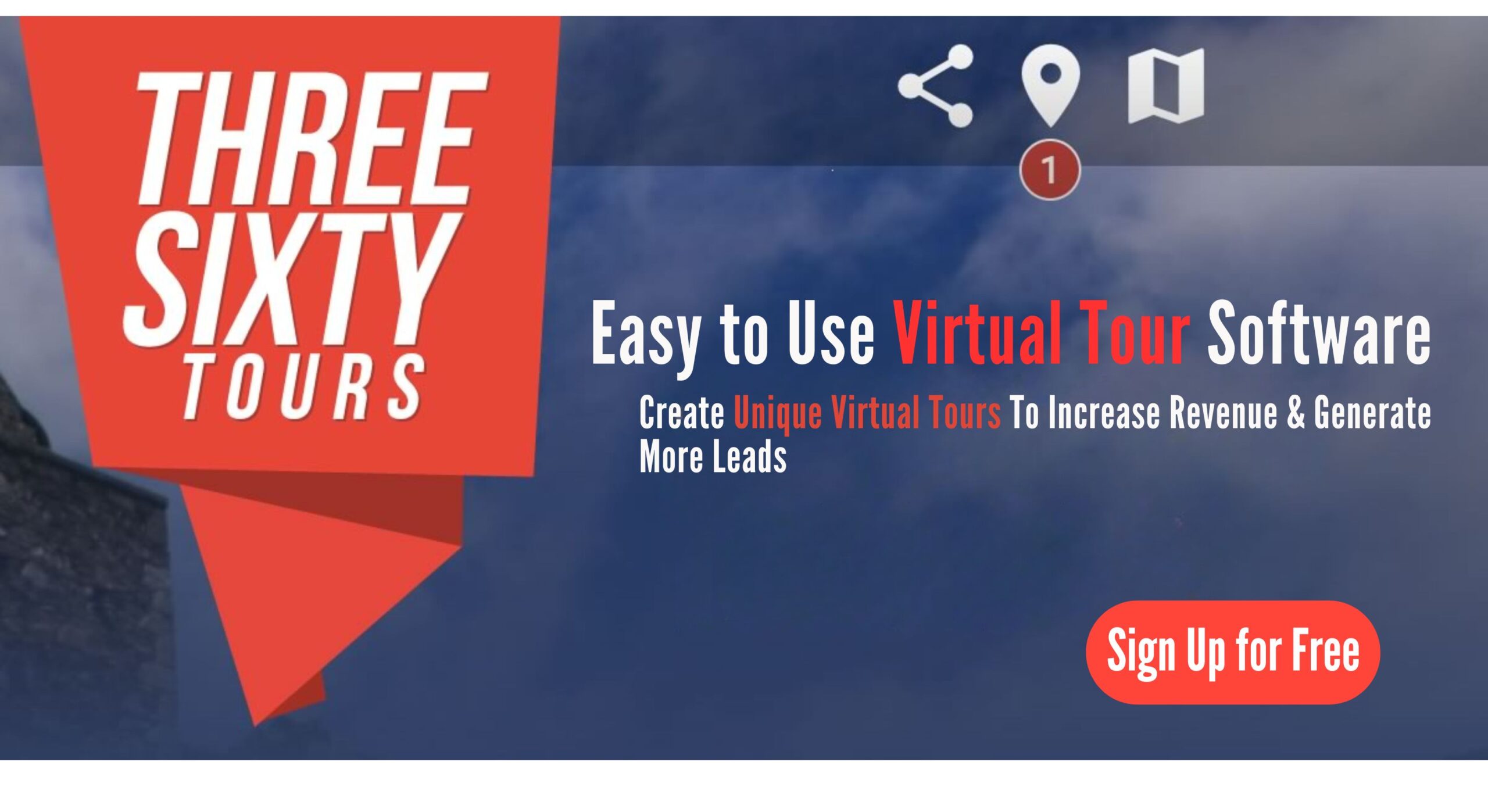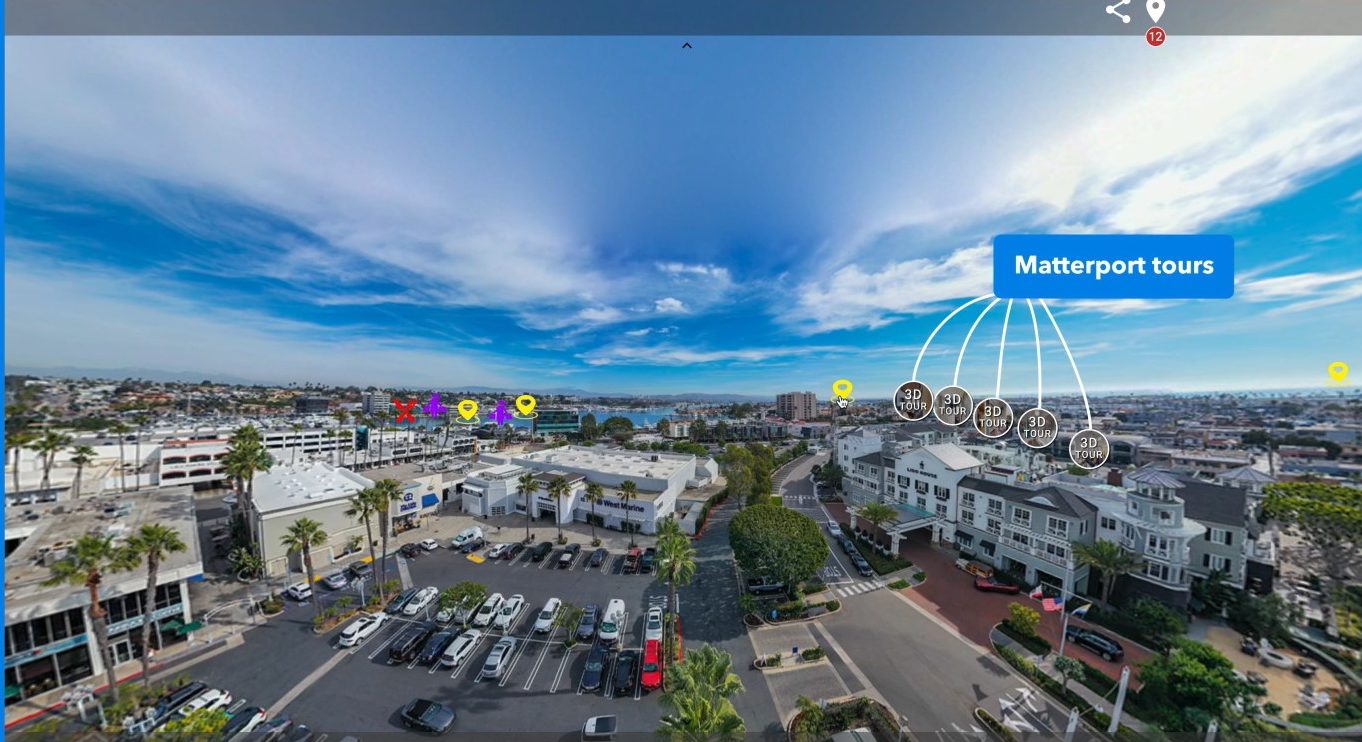virtual reality real estate tour
Virtual Reality Real Estate Tour: Transforming Property Showcasing for the Digital Age
Excerpt:
In today’s fast-paced digital world, the way we buy and sell real estate is changing rapidly. Open houses and static photo galleries are being replaced by immersive, interactive virtual reality (VR) tours. For real estate agents and photographers, this technology offers a game-changing way to showcase properties with clarity, convenience, and impact.
In this article, we’ll explore:
- The power of VR in real estate,
- How it works,
- Its benefits,
- How to implement it, and
- What the future holds—especially for users of platforms like www.threesixty.tours.
I. Introduction
Virtual reality isn’t just for gamers anymore. It’s quickly becoming one of the most exciting tools in industries like healthcare, education, tourism—and now, real estate.
At its core, VR creates a digital version of a real or imagined space. Using headsets, 360-degree cameras, and user-friendly software, people can explore these spaces as if they’re actually there. It’s a far cry from flipping through photos or watching a video tour.
In real estate, this means buyers can “walk through” a home from their phone or laptop—anytime, anywhere. There’s no need to schedule a visit or travel across town (or across the country). With platforms like www.threesixty.tours, creating these experiences is easier than ever.
This article breaks down what VR real estate tours are, how they work, why they matter, and how professionals can start using them today. Whether you are a real estate agent wanting to modernize your listings or a photographer looking for new services to offer, VR is your next big move.
II. Understanding Virtual Reality in Real Estate
So, what exactly is virtual reality in real estate?
Virtual reality simulates a 3D environment that users can explore and interact with. In real estate, this means turning physical spaces into digital ones that potential buyers can tour from anywhere.
The basic tools needed include:
- VR Headsets: Devices like Oculus Quest or HTC Vive that let users immerse themselves in a virtual space.
- 360-Degree Cameras: Cameras like the Ricoh Theta Z1 or Insta360 ONE X2 capture every angle of a room.
- Motion Controllers: Used with headsets to interact with the environment.
- Software Platforms: Tools like www.threesixty.tours stitch images together into seamless, interactive tours.
But here’s the good news: You don’t need a fancy headset to view a VR tour. Most tours can be experienced on a smartphone, tablet, or computer. You simply click and drag to look around, move through rooms, and get a feel for the space.
VR is already transforming other industries. Architects use it to visualize buildings before construction. Teachers use it to take students on virtual field trips. Even the travel industry uses VR to offer virtual hotel and destination previews.
In real estate, VR helps buyers make smarter decisions faster. It also helps agents and photographers stand out in a crowded market.
Photographers, in particular, can tap into this growing trend by offering VR tours as a premium service. With tools like www.threesixty.tours, it’s simple to upload, customize, and share virtual tours that wow clients and attract high-end listings.
III. Benefits of Virtual Reality Real Estate Tours
VR real estate tours aren’t just cool—they’re incredibly effective. Here’s why more professionals are adopting them.
A. Enhanced Viewing Experience
Photos can be misleading. Videos can feel flat. But VR tours? They put buyers inside the home.
With a virtual tour, buyers can explore:
- Every corner of a property.
- How rooms connect.
- How big the kitchen feels.
- How sunlight fills the living room.
It’s a level of immersion that builds emotional connection and confidence. This helps buyers make decisions faster—and often with fewer questions or second-guessing.
B. Accessibility and Convenience
One of the biggest perks of VR tours is convenience.
- A buyer in New York can tour a property in San Diego without hopping on a plane.
- A busy parent can explore homes after the kids go to bed.
- VR tours are available 24/7, from anywhere.
For agents, this means fewer in-person showings and more qualified leads. People who take the time to view a VR tour are usually serious about buying.
For sellers, it means less disruption. There’s no need to tidy up for open houses every weekend.
C. Increased Engagement and Interest
Let’s face it—interactive content is more engaging.
Studies show that people spend more time exploring VR tours than scrolling through photo galleries. That extra time builds interest and increases the chances of a sale.
For photographers, offering VR services can be a huge differentiator. It positions you as a tech-savvy professional and opens the door to premium clients.
D. Competitive Advantage
In a crowded market, standing out is everything.
Offering VR tours shows clients that you’re ahead of the curve. It tells buyers and sellers that you’re serious about using the best tools available. And when you use a platform like www.threesixty.tours, creating these tours is not only possible—it’s easy.
IV. Implementing Virtual Reality Tours in Real Estate
Ready to get started with VR tours? Here’s how to make it happen.
A. Investing in the Right Tools
First, you’ll need the basics:
- 360-Degree Camera: Look for models with high resolution and good low-light performance.
- Tripod: A sturdy tripod keeps your shots stable and level.
- Editing Software: Tools like Adobe Lightroom or Photoshop can help enhance your images.
- Hosting Platform: Use www.threesixty.tours to upload, customize, and share your tours.
Platforms like Threesixty.tours are designed with ease of use in mind. You don’t need to be a tech expert to create something amazing.
B. Creating High-Quality Virtual Tours
Quality matters. A blurry or poorly lit tour can turn buyers off.
Here are a few tips:
- Shoot during the day for natural lighting.
- Clean and stage the property before shooting.
- Keep the camera at eye level for a realistic perspective.
- Add interactive hotspots with info like room dimensions or special features.
Photographers should consider offering full-service VR packages—capture, edit, and host. This adds value and helps build long-term client relationships.
C. Marketing Your VR Tours
Once your tour is ready, it’s time to get it in front of buyers.
- Share on social media (Facebook, Instagram, LinkedIn).
- Embed on listing pages and agency websites.
- Use QR codes in brochures or yard signs to link directly to the tour.
- Email tours to potential buyers with personalized messages.
You can even host virtual open houses using your VR tour as the centerpiece. It’s a powerful way to connect with remote buyers and generate buzz.
V. Challenges and Limitations of Virtual Reality Real Estate Tours
While VR tours offer huge benefits, there are a few challenges to be aware of.
A. Cost Considerations
There’s an upfront investment in equipment and software. For small agencies or solo agents, this can be a hurdle.
But platforms like www.threesixty.tours offer affordable plans that make it accessible. For photographers, the return on investment can be fast as more clients demand VR services.
B. Technical Challenges
Some buyers may not be comfortable with VR technology. Others may have slow internet or outdated devices.
To address this, make sure your tours work on all major browsers and devices. Provide simple instructions or offer a video walkthrough as a backup.
C. Risk of Misrepresentation
It’s tempting to over-edit photos or use wide-angle lenses to make spaces look bigger. But this can backfire.
Be honest in your tours. Show the property as it really is. Transparency builds trust—and avoids disappointment later.
D. Accessibility and the Digital Divide
Not everyone has access to VR-ready devices or fast internet.
That’s why it’s smart to offer multiple formats. Include a photo gallery, video walkthrough, and VR tour. That way, every buyer can find a format that works for them.
VI. Future of Virtual Reality in Real Estate
The future of VR in real estate is bright—and it’s evolving fast.
We’re already seeing innovations like:
- Augmented Reality (AR): Overlay furniture or decor into a space using your phone.
- Voice-Guided Tours: Narration that walks buyers through the home.
- AI Personalization: Tours that adapt based on user preferences.
These features will make VR tours even more powerful and personalized.
Staying ahead of these trends is key. Agents and photographers who embrace new tech will lead the market, not follow it.
Platforms like www.threesixty.tours are continuously updating to support these innovations—making it easy for you to stay current.
VII. Conclusion
Virtual reality is transforming real estate marketing—and it’s here to stay.
VR tours offer buyers a better way to explore properties. They give agents and photographers a competitive edge. They also make the entire process more efficient, engaging, and effective.
If you’re not using VR tours yet, now is the time to start.
Photographers can expand their services and attract premium clients. Agents can close deals faster and reach more buyers. With tools like www.threesixty.tours, getting started is simple.
In a world where first impressions matter more than ever, VR tours deliver an experience that static photos just can’t match.
Embrace the future. Elevate your listings. Give your clients the immersive experience they deserve.
Ready to dive in? Visit www.threesixty.tours and start creating your own virtual reality real estate tours today.
—
External Resources:
- Learn more about the rise of VR in real estate in this Forbes article: https://www.forbes.com/sites/forbestechcouncil/2023/05/10/how-virtual-reality-is-transforming-real-estate-marketing/
- Explore how 360-degree photography is revolutionizing property marketing: https://www.pcmag.com/news/how-360-degree-cameras-are-changing-real-estate


